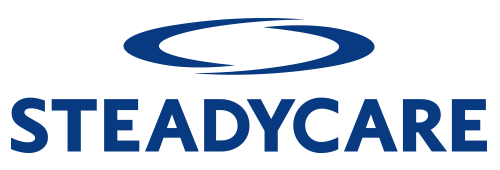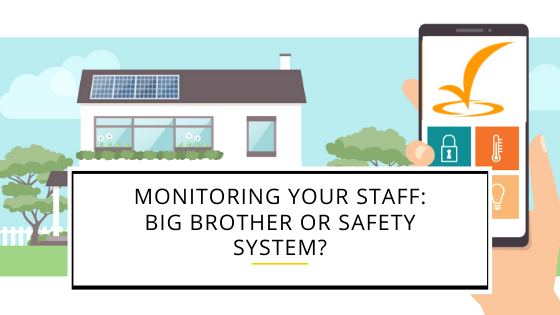Awake overnight staff management, security check-ins at malls, and Electronic Visit Verification for home health aides are all examples of employee monitoring. The term “monitoring” has been a point of contention over the years—bouncing from bad to good to bad (and back again). The ambivalence surrounding this word deserves a little more exploration.
The Fear of Big Brother
Much of the negativity associated with employee monitoring stems from a fear of invasion of privacy. It conjures up images of “Big Brother” from George Orwell’s novel, 1984—the elusive character who’s always watching, judging and controlling society.
This notion of “Big Brother” may have you wondering if employee monitoring tools are a step too far. After all, shouldn’t you be hiring people you trust in the first place? Will monitoring turn employees away?
While these questions are valid, there are some situations that can’t be left to chance—and the safety of your residents is one of them.
The Need for Monitoring
Presence management is key in places like group homes, where the health and livelihood of clients depends on 24-hour, reliable care. There’s no room for error (specifically, absent employees) when it comes to emergencies or sudden, unexpected deaths.
In order to promote peace of mind for residents, their families and your agency, it’s imperative that your overnight staff is present, awake and working when they’re supposed to be.
Changing the Narrative
While monitoring awake overnight staff may be preferred by owners and agencies, it can be difficult to get existing employees onboard. In order to gain employee support for check-ins and monitoring, the first step is to change the narrative around these systems.
One of the best ways to do this is by positioning presence management as a way to ensure safety and accountability. Safety of the residents, of course, but also safety of the overnight staff. If a member of the staff doesn’t check in when they’re supposed to, this will alert their superior that something is wrong. Whether it be a work emergency or a personal emergency, help can be sent their way.
Check-ins can also give employees peace of mind, knowing that if an unforeseen incident does occur, they’ll have proof that they were present, awake and working. This will clear up a lot of questions later, including any liability issues.
Finally, monitoring will ensure that all employees are held accountable. SteadyCare has heard all too many stories of overnight staff shirking responsibilities to take naps or run errands, thinking no one will notice. This puts other employees in an uncomfortable position—forcing them to either report their coworker to management or to ignore an irresponsible (and potentially dangerous) behavior. Presence monitoring systems take that pressure off other employees, allowing them to spend more time focusing on residents.
Conclusion
Your resident’s lives are too precious to be left to chance. But introducing a presence monitoring system can be a sensitive subject for existing employees. By introducing presence management tools as a way to keep overnight staff and employees safe, it’ll feel less like “Big Brother” and more like a beneficial system they can depend on.

